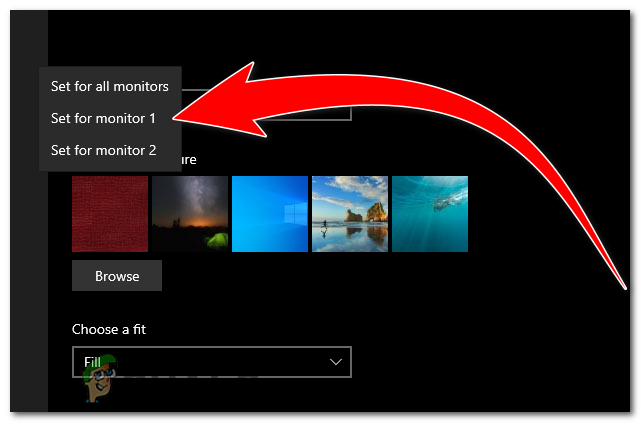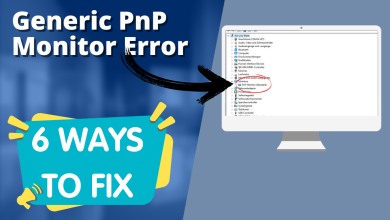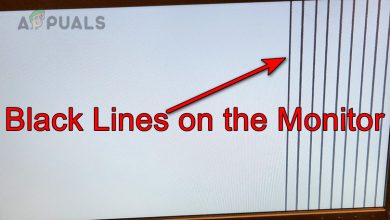How to Set Different Wallpapers on Each Monitors?
The ability to set different wallpapers on different monitors can be a game-changer for your workspace’s aesthetic and productivity. Let’s dive into this step-by-step guide to get this done.

Setting different wallpapers for each monitor can be achieved directly from the Windows settings, with no additional software necessary.
- First, right click on your desktop and select “Personalize”. This will take you to the “Background” settings where you can change the wallpapers.
- Once there, you will notice a “Browse” button that lets you choose your image files. Remember to repeat this for each monitor.
- The final step is to right click on the image thumbnails and select “Set for monitor X“, replacing X with the appropriate monitor number.

 Reviewed by
Reviewed by 




